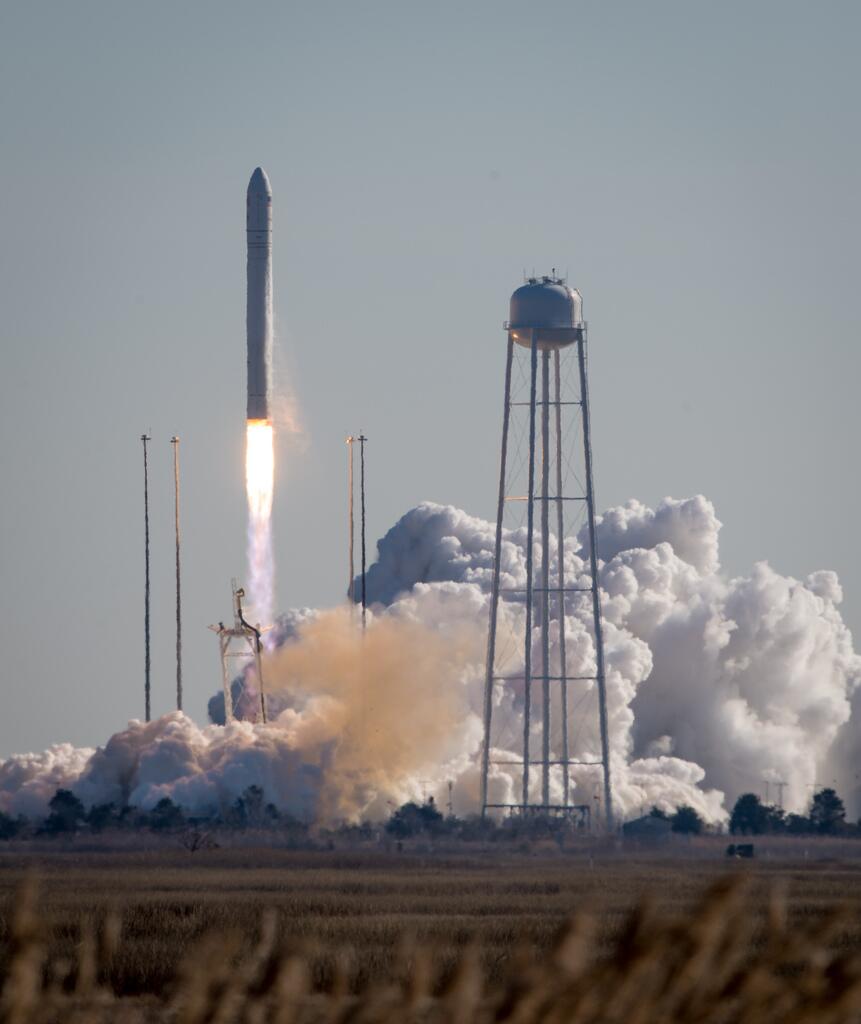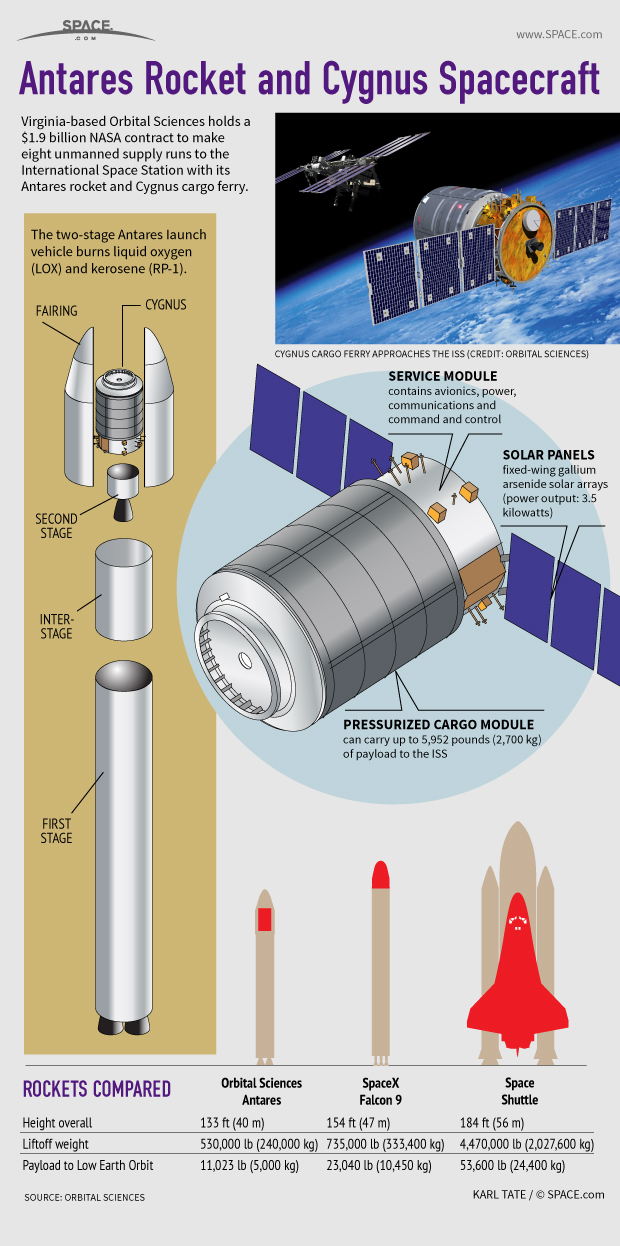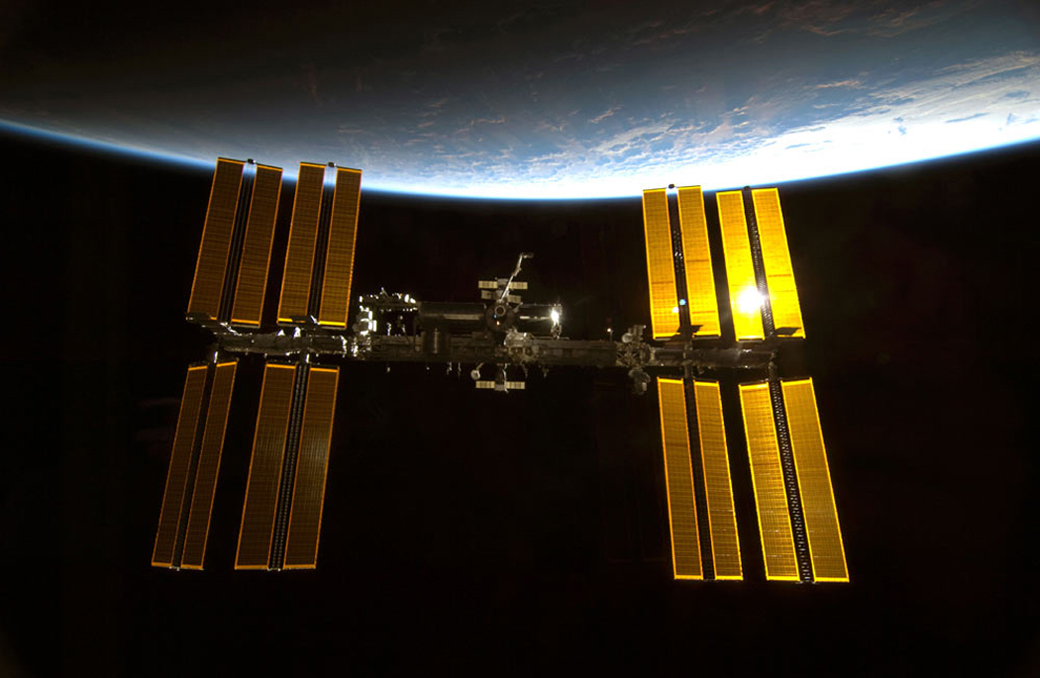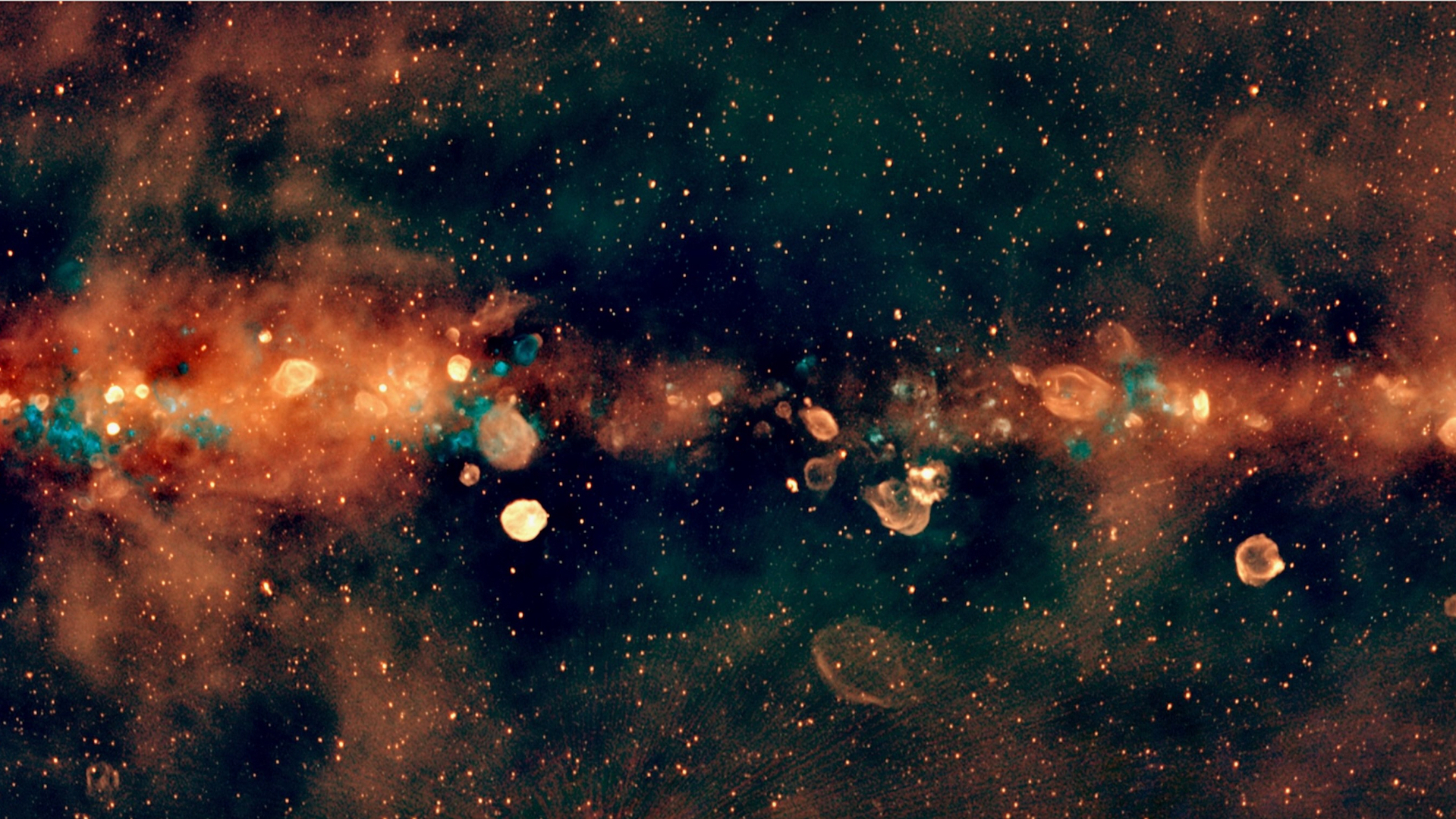Orbital Sciences Launches Landmark Private Cargo Mission to Space Station

The commercial spaceflight company Orbital Sciences Corp. launched a robotic spacecraft from Virginia's Eastern Shore Thursday (Jan. 9) on a milestone flight: the company's first official cargo delivery to the International Space Station.
An Orbital-built Cygnus spacecraft launched into space atop the company's Antares rocket from a seaside pad at NASA's Wallops Flight Facility on Wallops Island, Va. Liftoff occurred at 1:07 p.m. EST (1807 GMT) after a series of delays, including a 24-hour slip due to a huge solar flare on Tuesday.
The Cygnus spacecraft is hauling about 2,780 lbs. (1,260 kilograms) of fresh food, clothing, scientific equipment and other gear for astronauts on the International Space Station. The mission, called Orb-1, is the first of at least eight cargo missions Orbital will fly for NASA under a $1.9 billion contract. [See more launch photos of Orbital's 1st Cygnus cargo mission]
"We are really looking forward to this first Orbital cargo mission," Dan Hartman, NASA's deputy space station program manager, said in a prelaunch briefing this week.
The Cygnus spacecraft is due to arrive at the space station early Sunday (Jan. 12), where it will be captured by astronauts using a robotic arm and attached to a station docking port.
Orbital's Cygnus spreads its wings
Orbital's Cygnus spacecraft are bus-size cylindrical vehicles designed to haul payloads of up to 4,400 lbs. (2,000 kg) to the International Space Station. They include an Orbital-built service module for power and propulsion and a 17-foot-long (5 meters) pressurized compartment built by Italy's Thales Alenia Space.
Breaking space news, the latest updates on rocket launches, skywatching events and more!
In April 2013, Orbital launched its first Antares rocket test flight from Pad-0A at NASA's Wallops Flight Facility. A second demonstration flight in September launched the first Cygnus vehicle to the space station. Pad-0A at Wallops is managed by Virginia's commercial Mid-Atlantic Regional Spaceport.
But Thursday's launch marked Orbital's debut delivery flight to the space station under its NASA contract. The company plans to launch eight missions by 2016, three of them this year, to deliver 40,000 lbs. (20,000 kg) of supplies to the station. NASA also has a $1.6 billion deal with the Hawthorne, Calif.-based SpaceX for 12 delivery missions to the station, two of which have already flown.
"All of us at Orbital believe in developing the capability to fly payloads, spacecraft and rockets into space on a commercial basis," said Frank Culbertson, Orbital's executive vice president, before launch. "We support government customers, private customers and now we are supporting the International Space Station and its research."
Culbertson said Orbital Sciences plans to launch its next cargo mission to the station in May, with a December flight rounding out the year.
Orbital initially planned to launch the Cygnus flight to the station in mid-December, but postponed the mission until January to allow station astronauts time to repair a malfunctioning cooling system. A planned Tuesday launch target was delayed to Wednesday due to extremely cold temperatures, and then pushed back one more day because of radiation concerns related to the giant solar flare on Tuesday.
Science haul bound for on space station
The Orb-1 Cygnus flight is packed full of new science experiments for the station's six-man crew. Included is a space ant colony (to study how weightlessness affects swarm activity), 33 small cubesat satellites and 23 student-designed experiments. More than 10,000 students from schools across the United States are following the student experiments, NASA officials said.
The delivery flights by Orbital and SpaceX mean astronauts and scientists have more opportunities to perform fundamental research in space, said Tara Ruttley, NASA's associate program scientist for the space station.
"There is a boom in the science because of the increased capabilities," Ruttley said.
With the retirement of the U.S. space shuttle fleet in 2011, NASA relies on cargo delivery missions by Orbital Sciences, SpaceX and the space agencies of Russian, Europe and Japan to keep the space station stocked with supplies. On Wednesday, NASA and the Obama administration approved a four-year extension of the International Space Station's lifetime through 2024, so more commercial cargo flights in addition to the 20 provided by SpaceX and Orbital may be needed, agency officials said.
Editor's note: Thursday's Cygnus launch may have been visible to observers along a wide swath of the U.S. East Coast, depending on local weather and viewing conditions. If you captured a photo of the Antares/Cygnus launch today and would like to share it with SPACE.com for a possible story or gallery, send images and comments to: spacephotos@space.com.
Visit SPACE.com today for complete coverage of Orbital Sciences' Cygnus cargo launch to the International Space Station. SPACE.com partner Spaceflight Now is also offering updates via its Cygnus Mission Status Center.
Email Tariq Malik at tmalik@space.com or follow him @tariqjmalik and Google+. Follow us @Spacedotcom, Facebook and Google+. Original article on SPACE.com.
Join our Space Forums to keep talking space on the latest missions, night sky and more! And if you have a news tip, correction or comment, let us know at: community@space.com.

Tariq is the award-winning Editor-in-Chief of Space.com and joined the team in 2001. He covers human spaceflight, as well as skywatching and entertainment. He became Space.com's Editor-in-Chief in 2019. Before joining Space.com, Tariq was a staff reporter for The Los Angeles Times covering education and city beats in La Habra, Fullerton and Huntington Beach. He's a recipient of the 2022 Harry Kolcum Award for excellence in space reporting and the 2025 Space Pioneer Award from the National Space Society. He is an Eagle Scout and Space Camp alum with journalism degrees from the USC and NYU. You can find Tariq at Space.com and as the co-host to the This Week In Space podcast on the TWiT network. To see his latest project, you can follow Tariq on Twitter @tariqjmalik.



